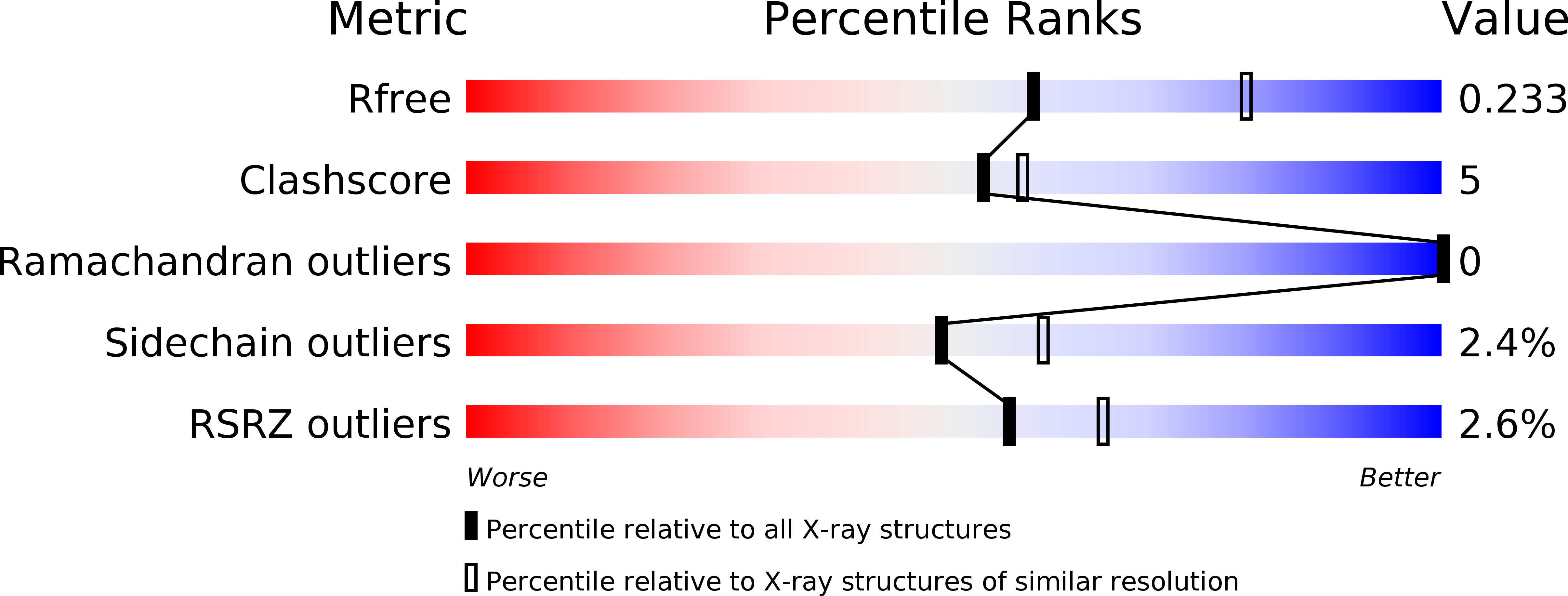
Deposition Date
2020-01-27
Release Date
2020-06-17
Last Version Date
2024-04-03
Entry Detail
PDB ID:
6VM5
Keywords:
Title:
Structure of Moraxella osloensis Cap4 SAVED/CARF-domain containing receptor
Biological Source:
Source Organism:
Moraxella osloensis (Taxon ID: 34062)
Host Organism:
Method Details:
Experimental Method:
Resolution:
2.35 Å
R-Value Free:
0.23
R-Value Work:
0.20
R-Value Observed:
0.20
Space Group:
P 32 2 1


